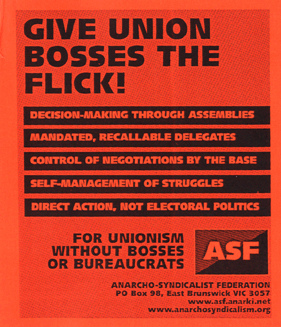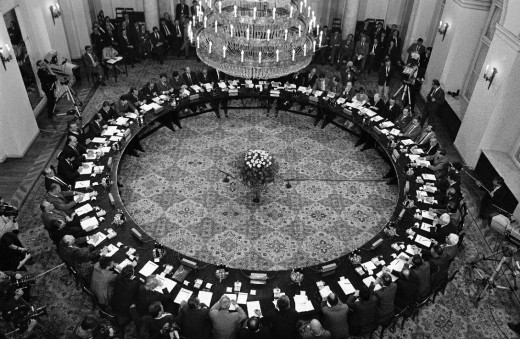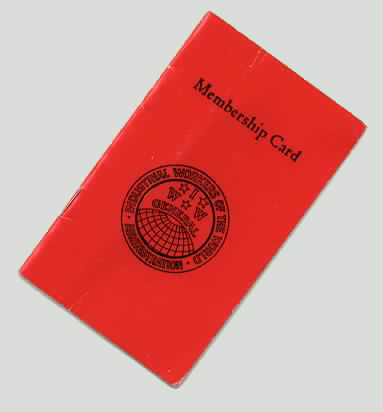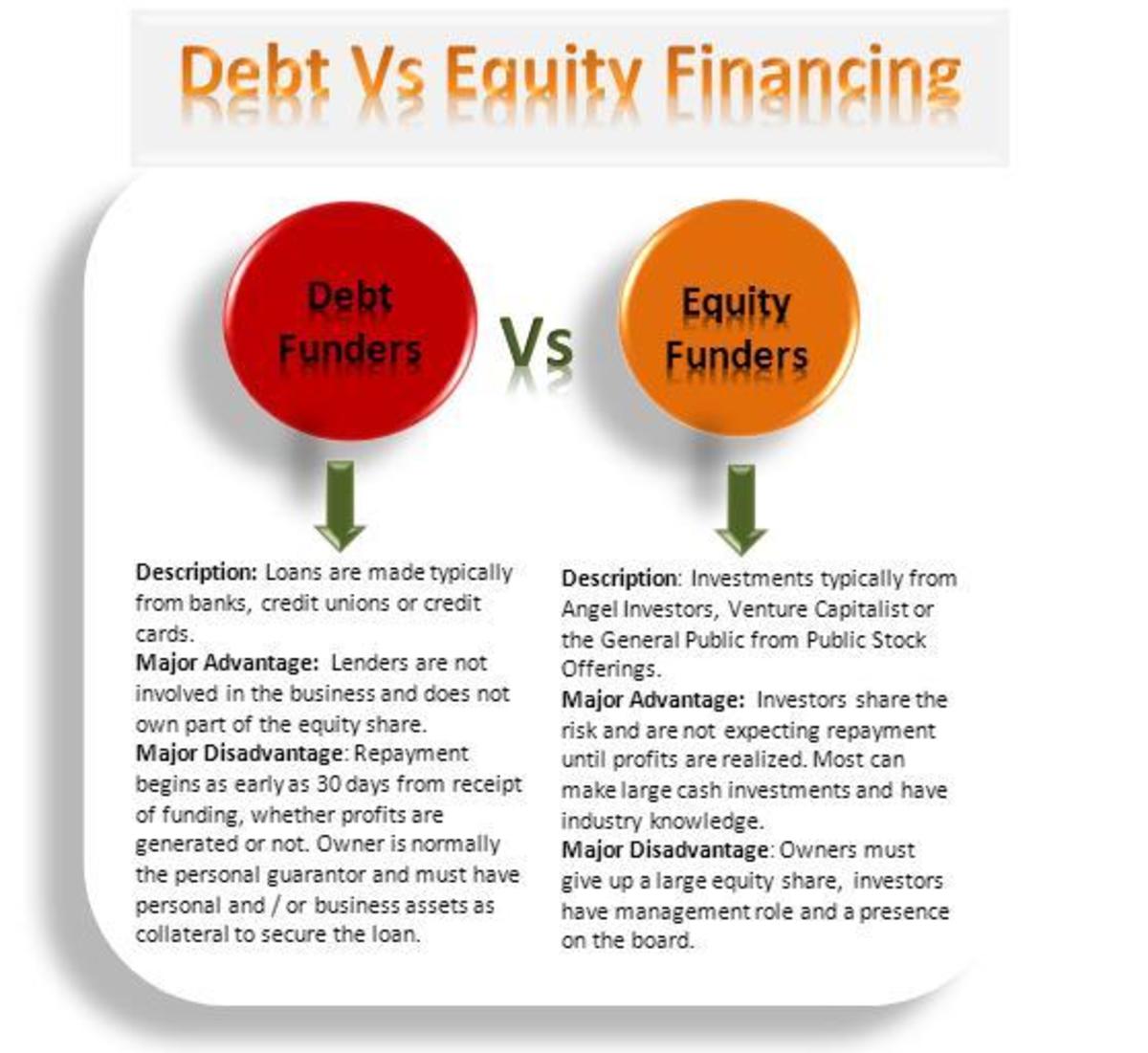Organizing a Union From Scratch

Advantages and Disadvantages of Unions
Pros (Source or Google it.)
- Higher wages, salaries. On average, unionized workers make $4.95/hr or 28% more than non-unionized. Regardless of whether they work with Government or private businesses.
- You are 30% more likely to have Health Benefits, and 30% more likely to have the employer paying for them. Paid sick days and vacation leave also increase.
- Pensions: you are 54% more likely to have an employer-provided pension.
- Visible Minorities and Women on average earn an extra $2.00/hr.
- Enforcing Legal Agreements becomes more affordable.
- It creates an organized group with shared needs, who can coordinate to meet those needs (childcare, accounting, travel costs etc.)
Cons
- Not all unions are organized or large enough to help their members. Some have lethargic leadership or put their institution ahead of members. The 'dues' become: 'less money in my pocket, for no reason.'
- Stringent rules can restrict what work you do, and union bureaucracy can make things slow and frustrating.
- Most unions fight for equal wages across the board; to the extent that money motivates - it can be very frustrating to work hard but feel you are not being paid extra for it.
What is a Union, and why Organize one?
This article assumes you have a basic 'wikipedia' understanding of Union organizations. The focus here is creating Craft and General/Labour Unions in unorganized parts of the economy (such as freelancers;) Trade Unions are touched upon for context.
A 'Union' is a legally recognized group of working people - unskilled or professional - who form a group and back one another to raise their overall economic power.
The question often rises: whether or not Unions are a 'just' organization in free-market capitalism.
The quick answer for this author: if a group of people can associate their money and resources to make a profitable business, then another group of people can (and should) associate their labour in order to get a proper share of the profits they help to create.
Both groups are part of the same entity and contribute to its profitability; Union density doesn't harm or help the unemployment rate or economic growth - it just secures fair pay and safety. (Unions don't kill jobs.)
How does a Union work?
A Union uses its large numbers of people in order to bargain for a bigger share of the economic pie. For example, if a union has enough members in a region (general, labor,) type of work (craft,) or field of work (trade, industry,) then they can - as a group - refuse to work until they receive the conditions they desire. Both employers and employees are on a clock in such scenarios, since stopping work means neither organization is making money. The mere ability to stop work is usually enough to keep both sides talking and negotiating their relationship with one another.
Unions are typically organized by 'Local,' or 'Chapter.' Thus if a large union covers an entire nation (or even multiple nations,) each town or region will have its own Local representative, who reports to the regional one, who reports to the leadership. Unions are financed by fees from the membership (called dues,) usually as a percentage subtracted from paychecks.
Unions today use some democratic principles but are fairly regimented. Each member is able to vote for leadership and whether to go on strike - but rarely much else. That's why this article is about starting your own union rather than why to join existing ones.
If a union has small numbers, the group can make concrete gains in ways independent of an employer; they can register for health insurance together at a cheaper rate, use a mutual accountant, keep money for income tax that a business would otherwise retain and bank (for the savings interest,) or use a shared pool of money to defend individual contracts. Awareness campaigns and courses to raise skills are also a focus of unions, big or small, as it helps their membership stand out in terms of ability and makes hiring unionized workers easier to stomach.

A Note on Leftism
Unions are typically associated with left-wing movements and socialist ideals. Part of this is for historical reasons and part of it is genuine. A union is - at its base - a group using its numbers to benefit the group. This 'collective' power is a tenant of the Left, with right-wing beliefs usually focused on the individual using his/her station to benefit themselves as individuals.
Despite its historical role, unions are compatible with both left-wing and right-wing ideology. Business (typically associated with the right) can benefit from the stable, contracted workforce a union provides; and a workers' fight for fair compensation and benefits is not much different from an entrepreneur's fight to profit from their own endeavors.

Forming a Union
This article focuses on forming new unions either by 'craft' (freelancer writers, seamstresses, taxi drivers,) or by unskilled general labour (fast food, waitressing, security guards, department stores etc.) In both cases, the union forms because people are otherwise facing an organized business alone and are at a disadvantage in terms of financial power or security.
For craft unions specifically, unionization can make a line of work that is otherwise underpaid worth going into. Many of us dislike our jobs but can't pursue our passions for fear of lack of pay.
First Decide which type of Union suits your desires and situation.
General / Labour
| Craft / Guild
|
|---|---|
Large, Unskilled
| Smaller, More Skilled
|
Working Class
| Working / Self-Employed Class
|
Craft / Guild
Craft Unions (mirroring medieval Guilds) organize based on 'type' of work - such as Carpentry, Journalism, Nursing etc. Craft Unions draw their strength in negotiating better pay and rights from being skilled and in demand. Potential members are typically contract workers or freelancers who move from one job to the next and manage their affairs as a small business person would. In this sense they tend to have stronger awareness of their talents, and what they can command from employers.
Craft Unions are not very common today; over time many have merged into Trade Unions. The difficulty of craft unions is that - without companion unions in the same field, rights and pay gained by one group can mean cuts in pay and safety for another. Aside from disadvantaging others, this consequence can leave the union without support. However, Trade Unionization can be elusive when the nature of the work is competitive and short-lived, such as building contracts ### . Craft Unions are better situated in these fields of work - since they can raise conditions overall while still accepting that work is found and bid on, rather than found for twenty years on the same factory floor.
For example, a brick-layer and a carpenter both work in construction, but have different methods and may not be on the job site at different times - nor do their work-sites always overlap. To bridge this gap there would be a brick-laying union and a carpenters union - and the two would collaborate to ensure one group doesn't negatively impact the other.
If you fall under this category, then you know that Craft workers tend to be less bound by location. They ship goods through the postal service, work online, or transit from one area to another as work becomes available. The pool employers can draw from is broader geographically, thus, reaching outside your city/region is an important part of unionizing your craft.
General / Labor
General / Labor Unions are Field or Industry scale; they are similar to Trade Unions (in logging, mining, telecommunications etc.) except the people working are 'unskilled' (required little training/education) While this type of union is common - the number of people unionized is quite low so existing unions can be fairly ineffective.
General Labor Unions rely heavily on numbers for their bargaining power; today they are only mildly successful (and often defeated) in securing gains for their membership or resolving issues between individual workers and management. This is because someone who works at a grocery store can just as easily work at a fast-food franchise; thus it is the entire category of 'minimum-wage workers' that needs to be organized for General Labour Unions to be effective. When unemployment is high and many people are willing to take any kind of work - these unions suffer greatly in their ability to bargain.
Avail yourself of local census and labour bureau information to discover how many people are making under $15,000, and how many are unemployed. This gives you the number of unskilled, underpaid, or unemployed workers in your city/region - and of demographic / language barriers you will have to face. Looking at population change year over year tells you how many new members you will have to absorb each year to maintain bargaining power.
The union needs to be large enough to create a shortage of workers should it go on strike, since this would drive up a company's labour costs and encourage them to negotiate instead. We get this number by taking the percentage of unemployed, plus ten percent of the working population making under $15,000 per year.
So, if there are 300,000 people in a city, 200,000 of which are working age, 90,000 of which make under $15,000/year and unemployment is at 8%. Then:
(90,000 x 10%) + (200,000 x 8%) = 25,000
You need twenty-five thousand members, employed or not, to be an effective union within this city/region.
If the work you are passionate about (or most likely to stay in) falls under this field, this number is your target. Other goals, which you determine with other members, include how large the strike fund needs to be, other unions you can affiliate with for support etc.

I'm in the ______ Category. Where do I start?
Begin with a personal assessment.
Are you organizing a field you are passionate about (or will remain in) and will directly benefit from unionizing? Do you plan to remain in the area for the next four or five years? Organizing takes work, do you have the time? What do you want most from unionizing? Wages? Benefits? Better contract conditions? A network of support? More say in what the company does? Is this part of your broader beliefs? How many people can you comfortably work with?
Many of the bigger/existing unions today are making a fresh and concerted effort to increase membership. If you feel you would benefit from it, inquire with the union closest to your craft or situation for training and resources. Local activists and advocacy groups might also give a better appreciation of the work ahead of you.
Next consider the field of work and how you and others relate to it.
Are potential members working from home on a global marketplace? Transients moving from farm to farm? Do they take an hour to commute for minimum wage? Is it typically menial work, with less-than-pleasant management?
Where are they likely to run into each other, and what medium is most likely to reach them? Posters? Facebook? Radio ads? Cold calls? Calling Cards? Pamphlets left on cafe tables?
Propaganda
Chances are you are starting small and with little funds or experience. Pick a form of media/outreach you know you can carry out without 'burning out,' and will reach the right people. Larger unions (and even sympathetic businesses) may be willing to fund your initial effort. Be persistent and work at a pace you can handle. Eventually you will have a small starting group that blends well; then you're ready to really lay into things.

Initial Organizing
You may not be an official union - or even seek to be mandated as one - but there's no time like the present to start acting like one.
Unions are professional organizations - looking at State/Provincial and Federal Labor requirements for gaining union status will give you a good look at the sorts of responsibilities the group will be taking on, and what capacities you need to develop as membership grows.
How you organize depends on the degree of 'horizontalism' desired by members. A typical large union is hierarchical (pyramid shaped,) though everyone has the same voting power. Similar to voting for government - the union elects a leadership, who in turn hire (and pay) staff to handle administrative duties. The leadership then sets out goals with input from membership, and decisions that affect the membership are voted on in general assemblies.
While this makes coordination and unity of action relatively straight-forward, such a model (the 'Co-op' model) can be alienating and disempowering to the 'rank-and-file.' Leaders' goals can stray from benefiting members into a kind of maintenance lethargy, where they preserve their position and only do enough to not be thrown from it.
More horizontal, egalitarian unions (part of the inspiration for Occupy's structure) may choose to have committees for different types of tasks, with no elected leadership. Members commit to one area or another and vote or achieve consensus as issues are brought forward. Sometimes leadership is preserved - but with far more stringent controls from membership to ensure allegiances.
Strike a model that balances membership needs with their capacities in the foreseeable future. As the 'seed' group, the model you choose will influence which members you attract. Keep in mind that membership engagement is a core strength of unions, without it there may not be a guarantee of unified action, and employers can ignore the organization.
Quick Feedback
Was this article helpful?
Growing in Strength
From there-on-in is beyond the scope of this article; you will be drawing upon many more resources and literature, and the specifics (like dues, percentages needed to approve decisions, how often meetings are held) will vary greatly depending on your craft and situation.
Do consider, however, that union membership can create legal funds, support networks, and educational/organizing programs for themselves while building its strength to be a force worth negotiating with.

© 2013 Daniel Adaszynski








